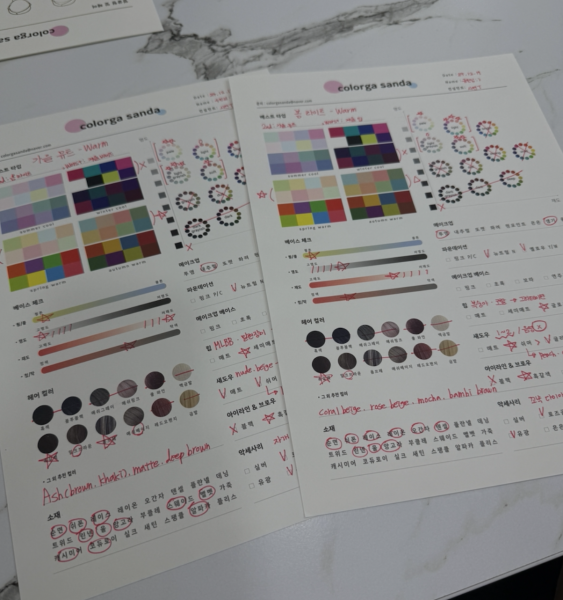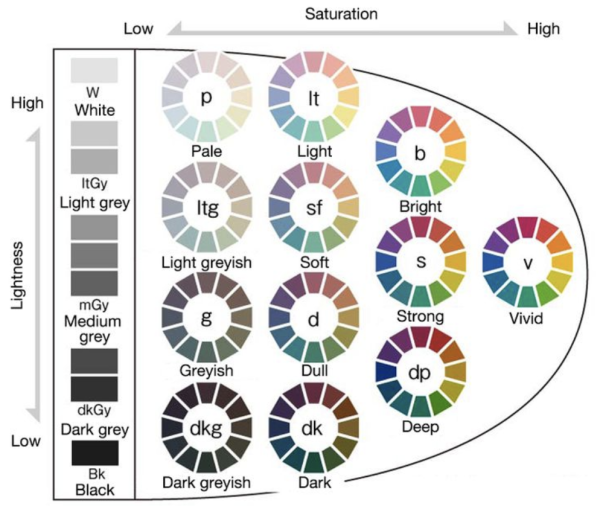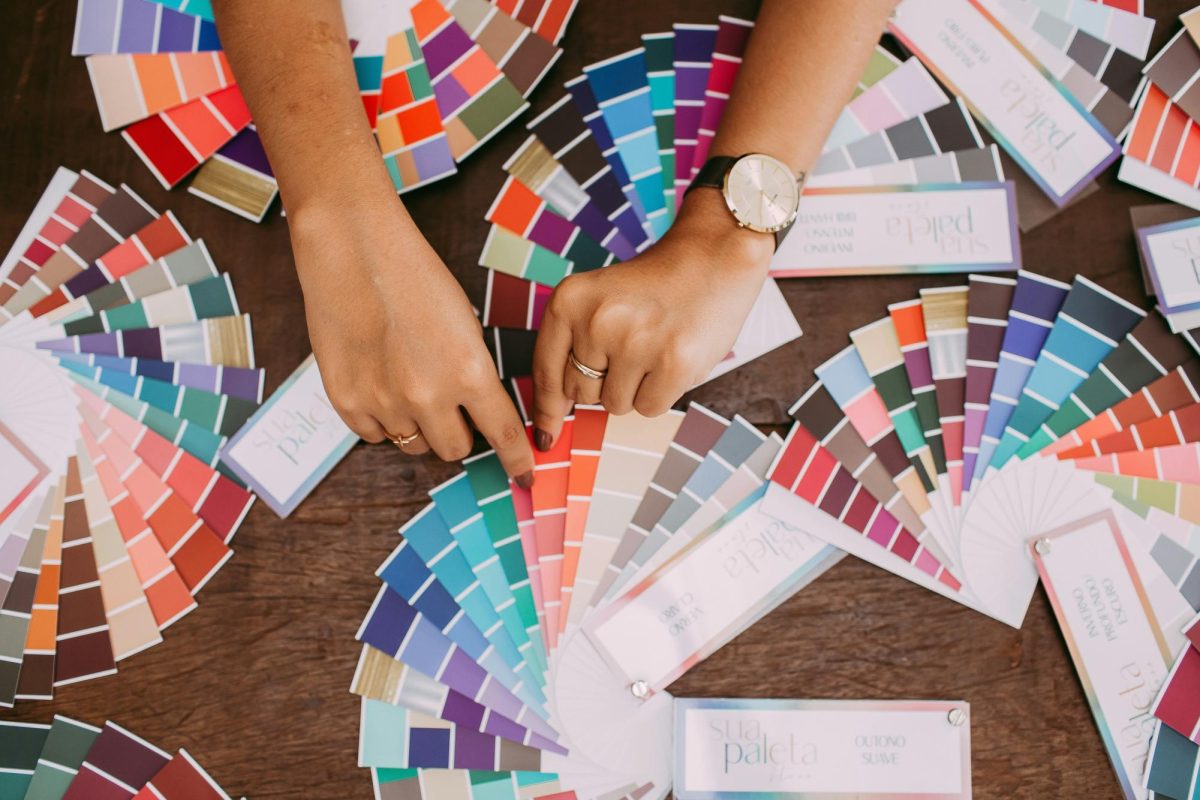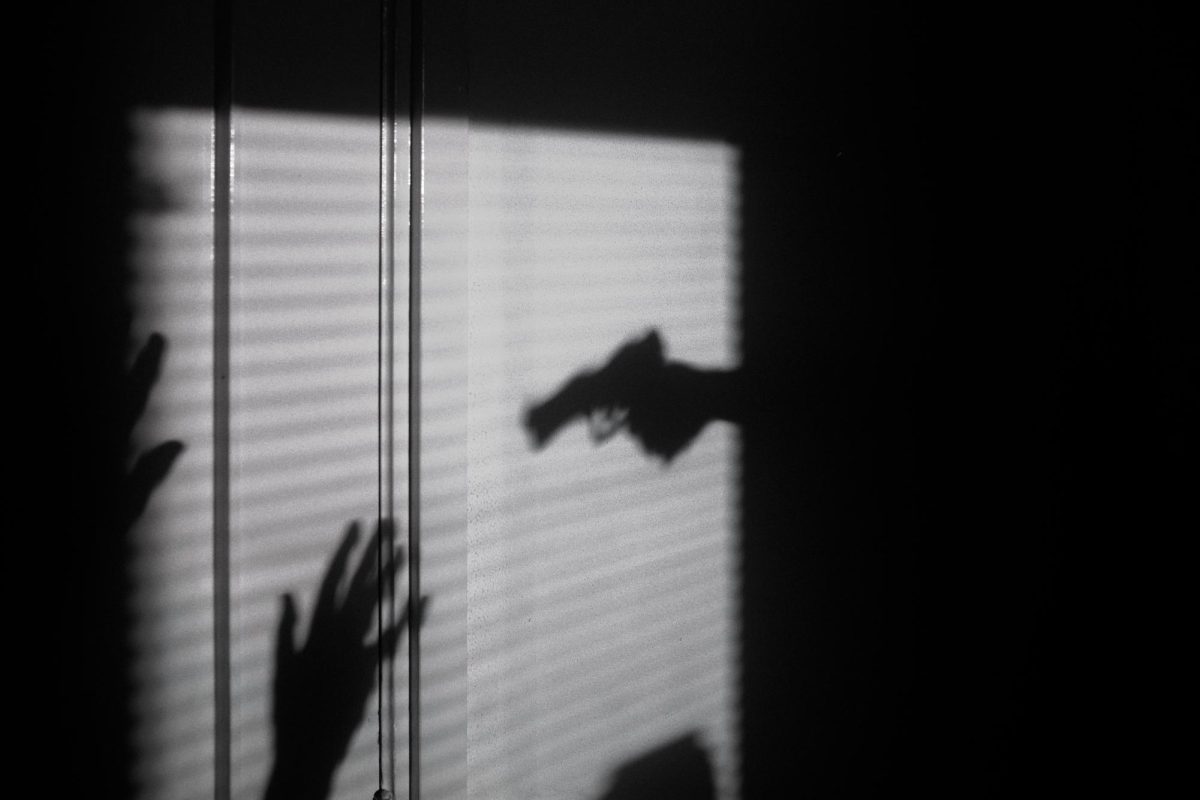On December 19, 2024, we went to get a personal color analysis to discover the colors that best enhance our natural beauty in South Korea. The process was simple yet transformative: as different colored fabrics were placed under our faces, we witnessed noticeable changes in shadows, facial structure, and overall brightness according to the colors. This simple technique revealed how the right colors can make our faces appear brighter.
 Our Personal Color Analysis Sheets
Our Personal Color Analysis Sheets
But how does this process work, and what makes it so effective?
What is Personal Color Analysis?
Personal color analysis is a method of identifying the colors that best enhance your natural features by categorizing individuals into warm or cool tones. Warm tones are characterized by colors with a yellow base, while cool tones have a blue base. And based on these tones, your ‘season’ can be determined, with Spring and Autumn representing warm tones, and Summer and Winter representing cool tones. This analysis harmonizes with your skin tone, hair, and eyes, helping you discover colors that highlight your best features.

Different categories of color based on lightness and saturation
To further understand the fundamental concept behind this analysis, let’s examine the three key elements in color: saturation, lightness, and turbidity.
- Saturation refers to a color’s intensity, ranging from bold and vivid tones, like bright red, to muted, subdued tones, like pastels.
- Lightness describes the degree of lightness or darkness of a color. In personal color analysis, it assesses how light or dark a person’s ideal colors should be.
- Turbidity measures a color’s clarity which is determined by the amount of gray mixed in the colors. Colors with low turbidity (clear colors) have less gray and appear more vibrant, while high turbidity (dull colors) contain more gray and have a muted, softer appearance.
Why Personal Color Analysis Matters
Our experience in South Korea showed how transformative personal color analysis can be. By understanding your unique color palette, you can choose the right colors that enhance your natural features.
Personal color analysis goes beyond choosing colors that complement your skin tone; it helps create a harmony between your natural features and the colors you wear. According to the results of the personal color analysis, you can buy clothes and cosmetics that harmonize with the appearance of your ‘personal tone’, boosting both your appearance and confidence.
By understanding the relationship between saturation, value, and turbidity, and how they align with one’s characteristics, users can unlock a palette of colors that highlight their best features. So, the next time you’re in doubt about what colors suit you best, try comparing different colored fabrics under a bright light and see how the shades of your face change!












